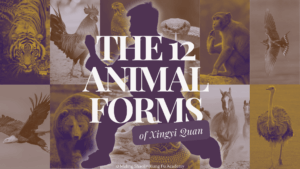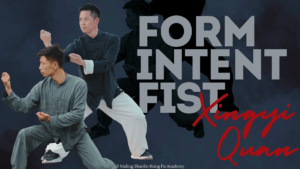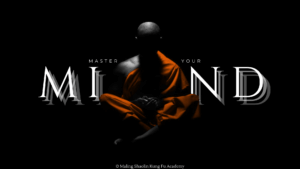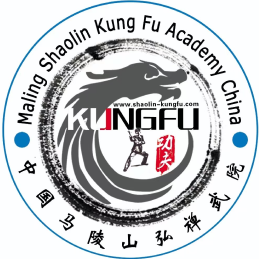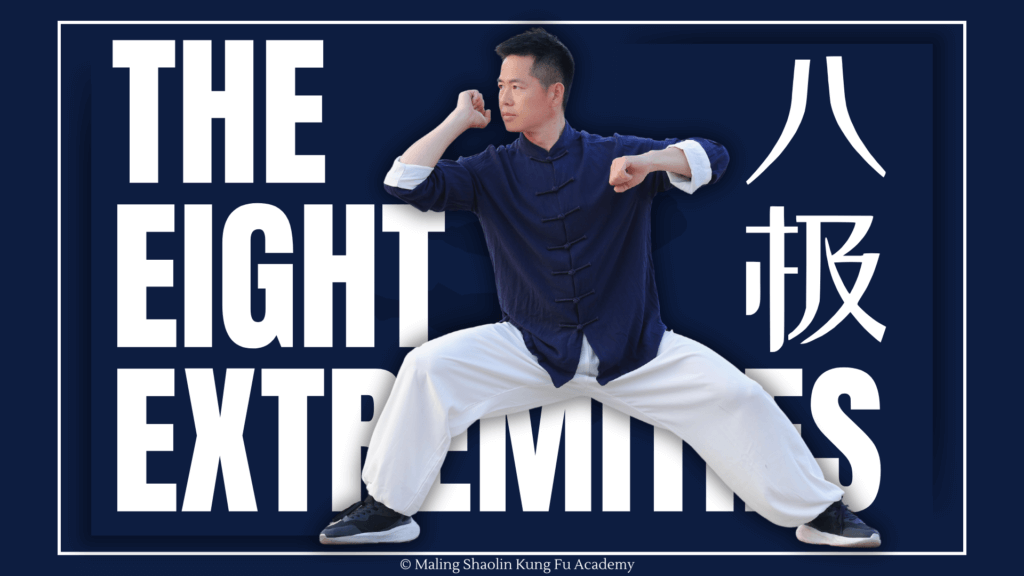
Baji, or Baji Quan (八极拳), is a traditional Chinese martial art renowned for its explosive power and close-range combat techniques. Often translated as “Eight Extremes Fist,” Baji is characterized by its powerful, direct strikes and efficient, practical approach to combat. This blog explores the rich history, etymology, distinctive techniques, and cultural significance of Baji Quan, providing a comprehensive overview of this formidable martial art.
The Origins of Baji Quan
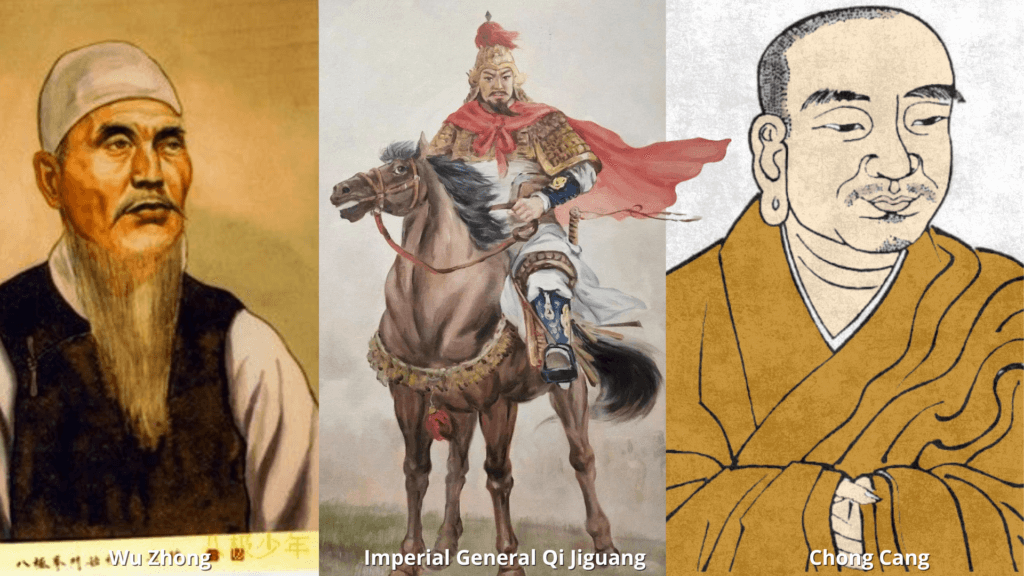
Baji Quan has deep roots in Chinese martial history, but its definitive origins remain up to debate. The art was traditionally passed down within families and local communities, with oral transmission and practical training being the primary methods of preservation. This oral transmission from master to disciple is a key characteristic of Chinese culture, especially in martial arts. Therefore, any of these theories could be possible:
Ming Dynasty Theory
One theory suggests it originated in the Ming dynasty, as “Ba Zi Quan,” now known as “Ba Ji Quan,” is mentioned in Qi Jiguang’s “New Book of Effective Discipline.”
Creation by Cang Gong
Another theory is that it was created by Chong Cang, the second abbot of Yue Shan Temple in Jiaozuo, Henan, during the Southern Song dynasty. He combined Shaolin martial arts taught by Master Kongxiang to establish Ba Ji Quan, which became known as “Yue Shan Ba Ji Quan.”
Creation by a Taoist Priest
A third theory, and possibly the most well known, attributes its creation to a wandering expert known as “Lai” during the late Ming dynasty, who later passed it down to Wu Zhong, a martial artist who developed and spread the art based on his extensive knowledge and experience.
Baji Quan’s development was significantly influenced by its use in military training. The martial art’s emphasis on powerful strikes and practical combat techniques made it a preferred choice for bodyguards and soldiers. Over time, Baji Quan gained a reputation for its effectiveness in real-world combat situations, further solidifying its place in Chinese martial arts history.
Etymology and Symbolism of “Baji”
The Term “Baji”
Baji (八极): The term “Baji” combines two Chinese characters: “Ba” (八), meaning “eight,” and “Ji” (极), meaning “extremes” or “extremities.” Together, they can be interpreted as “Eight Extremes” or “Eight Polarities.”
“Beyond the nine provinces are the eight guardians, beyond the eight guardians are the eight directions, and beyond the eight directions are the eight extremes.”
Han Dynasty text “Huainanzi” by Liu An
Here, the “eight extremes” represent the farthest reaches. The name “Ba Ji Quan” similarly aims to train disciples to reach the utmost limits of Ba Ji Quan’s force.
Significance of “Eight” (八, Ba)
Body Points: In the context of Baji Quan, the “eight” refers to eight key body points used in combat: head, shoulders, elbows, hands, buttocks, kua (hips), knees, and feet. These points are crucial for generating power and executing techniques.
Eight Polar Directions: The term also implies movement and force extending in eight directions, symbolizing comprehensive coverage and adaptability in combat.
“Ji” (极)
Extremes or Poles: The character “Ji” represents extremes or poles, signifying the farthest points in all directions. It embodies the concept of extending one’s physical and mental capabilities to their utmost limits.
Universality: “Ji” implies universality and inclusivity, suggesting that Baji Quan encompasses all directions and aspects of martial arts, making it a comprehensive system.
“文有太极安天下,武有八极定乾坤”
Chen Wangting (Founder of Chen Style Tai Chi)
“In the realm of literature, Tai Chi brings peace to the world; in the realm of martial arts, Ba Ji stabilizes the universe.”
Distinctive Techniques and Philosophy

Baji Quan is known for its unique techniques and philosophical approach to combat. The art is characterized by its explosive power, generated through the coordinated use of the whole body. Practitioners focus on short, powerful strikes delivered at close range, making Baji particularly effective in close-quarters combat. The core principles of Baji Quan include:
Explosive Power (Fa Jing 發勁): Baji Quan emphasizes the sudden release of energy, or “Fa Jing,” to deliver powerful strikes. This explosive power is achieved through the coordinated movement of the body, using the hips and waist to generate force.
Close-Range Combat: Baji Quan techniques are designed for close-quarters combat. Practitioners train to close the distance quickly and deliver decisive strikes to vital areas of the opponent’s body.
Eight Extremities: Ba Ji Quan considers the head and feet as heaven and earth, the shoulders, knees, elbows, and hips (often divided as bottom and crotch) as the four cardinal directions, and the hands moving forward and backward as central.
Iron Body Training: Baji Quan includes rigorous conditioning exercises to develop a strong and resilient body. This training helps practitioners withstand strikes and deliver powerful blows without injury.
Rooting and Stability: A strong foundation is essential in Baji Quan. Practitioners focus on developing a stable stance and maintaining balance during movement, ensuring they can generate maximum power without losing their footing.
Six Big Openings: The six major openings, or “Liù Dà Kāi” (六大开), emphasize breaking through an opponent’s defenses and utilizing full-body power.
- Ding (顶): Headbutt or pressing forward/upward with the head.
- Bao (抱): Embrace or wrapping motion with the arms.
- Ti (提): Lifting or raising motion.
- Kua (挎): Striking/swinging with the hip or shoulder.
- Chan (缠): Entwining or coiling/twisting motion.
- Dan (单): A technique often interpreted as a single-handed strike or movement, emphasizing simplicity and directness.
Baji Quan Forms and Training Methods
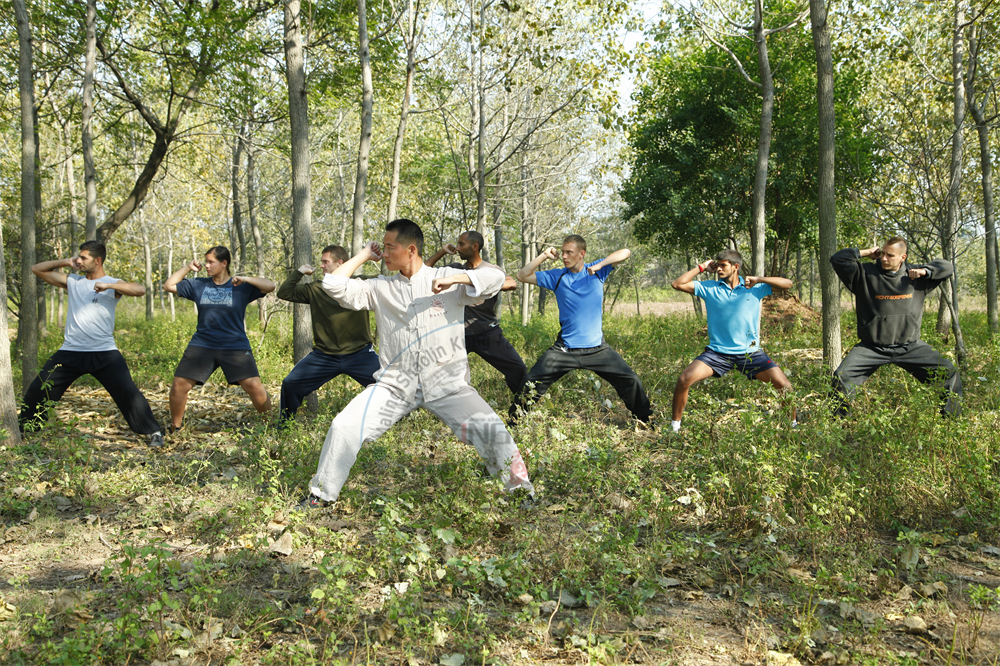
Baji Quan training includes a variety of forms (Taolu) and exercises designed to develop the practitioner’s skills and physical conditioning. Some of the key components of Baji Quan training include:
Basic Stances and Drills: Practitioners begin with basic stances and drills to develop their balance, strength, and coordination. These foundational exercises are essential for building the physical attributes needed for advanced techniques.
Forms (Taolu): Baji Quan includes several traditional forms that combine basic techniques into choreographed sequences. These forms help practitioners develop their skills and internalize the principles of the art.
Two-Person Drills: Partner drills are an essential part of Baji Quan training. These exercises allow practitioners to apply their techniques in a controlled setting, developing their timing, distance, and ability to react to an opponent.
Conditioning Exercises: Baji Quan includes a variety of conditioning exercises to develop strength, flexibility, and endurance. These exercises often involve striking padded targets or performing repetitive movements to build muscle memory and power.
Baji Quan in Modern Times
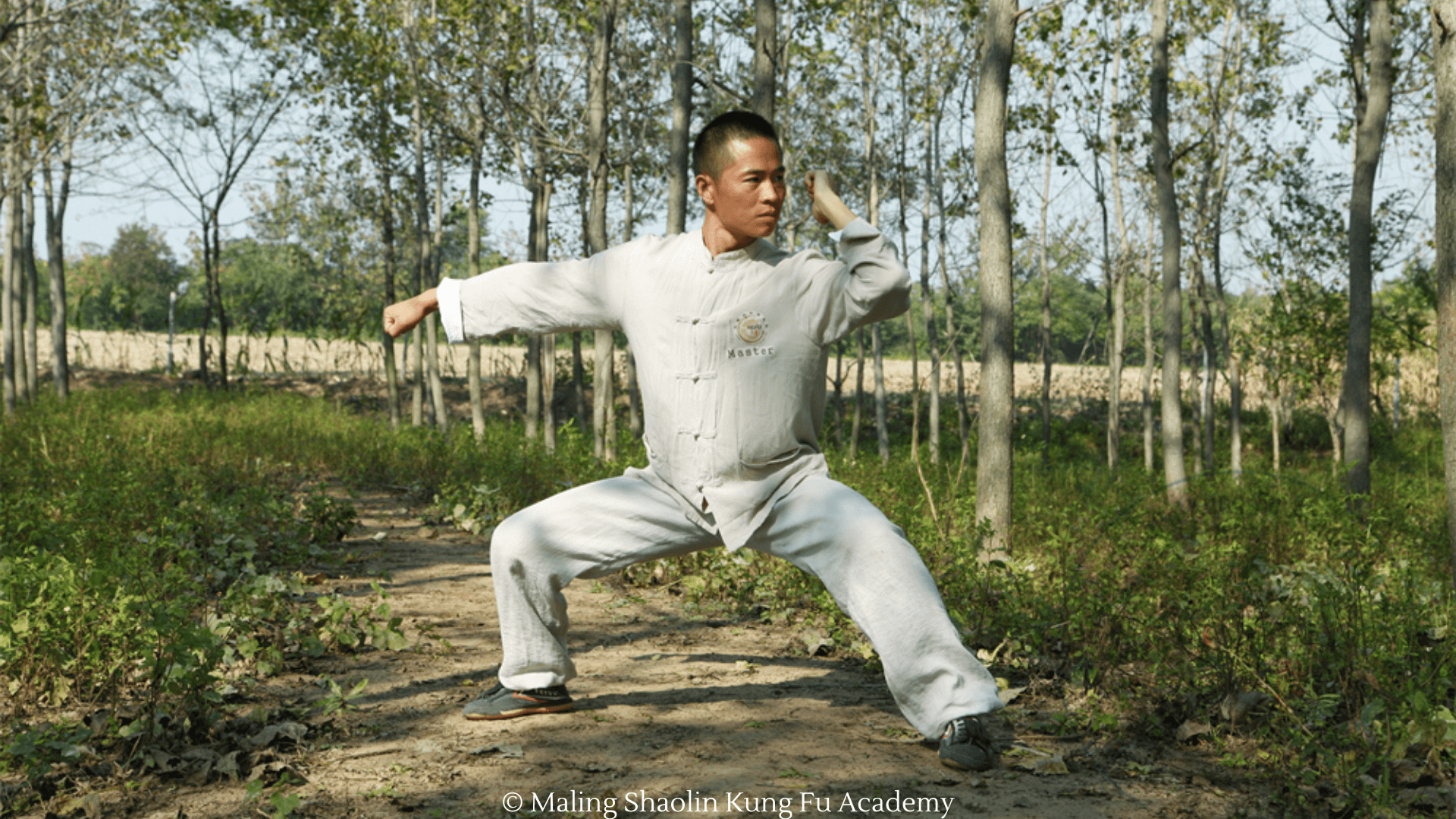
Despite its ancient origins, Baji Quan remains a vibrant and relevant martial art in the modern era. The art has gained international recognition, with practitioners and enthusiasts worldwide. Baji Quan is often featured in martial arts demonstrations and competitions, showcasing its powerful techniques and dynamic movements.
In addition to its practical applications, Baji Quan is also valued for its contributions to health and well-being. The rigorous training and conditioning exercises help practitioners develop a strong and resilient body, while the mental discipline required for mastering the art promotes focus and self-control.
Cultural Significance and Legacy
Baji Quan holds a significant place in Chinese martial arts culture. Its association with military training and its reputation for effectiveness in combat have made it a respected and admired art. Many famous martial artists and bodyguards throughout history have been practitioners of Baji Quan, further cementing its legacy.
Figures such as Wu Zhong (吴钟), disseminator of Baji, Huo Qingyun (霍庆云), institutional founder of Baji, and Wang Jingxiang (王景祥), preserver of Baji. These individuals, among many others, are celebrated for their contributions to the Ba Ji Quan martial art, each playing a significant role in its development, preservation, and propagation.
In recent years, efforts to preserve and promote Baji Quan have increased, with schools and training centers dedicated to the art emerging worldwide. These efforts ensure that the rich traditions and techniques of Baji Quan continue to be passed down to future generations.
Conclusion
Baji Quan, with its explosive power and practical combat techniques, stands as a testament to the enduring legacy of Chinese martial arts. Its emphasis on close-range combat, rigorous conditioning, and philosophical approach to training make it a unique and formidable art. Whether for self-defense, physical fitness, or the pursuit of martial excellence, Baji Quan offers a path of discipline and mastery that continues to inspire practitioners around the world.
MSKFA Styles: Baji
Interested to learn more about Baji? Here at Maling Shaolin Kung Fu Academy, we offer a wide range of disciplines including Northern Shaolin Kung Fu, Sanda, Tai Chi, Wing Chun, Baji, Xingyi, Bagua, and Animal Styles, among others. In fact, Baji is a specialty of Head Master Bao! Click below to check out more on our styles and offerings:

